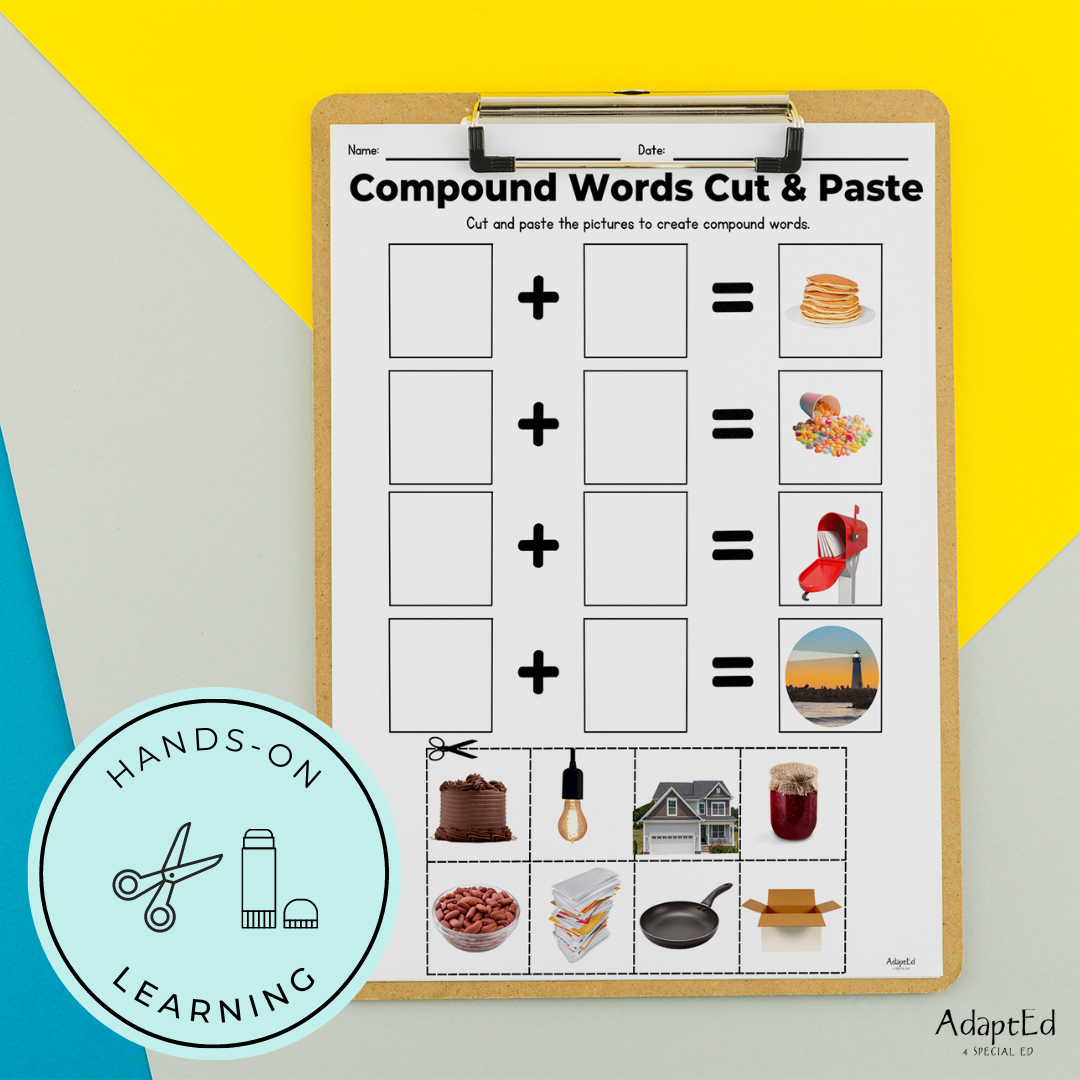For non-verbal students, learning to read can be a challenging task. However, according to Dr. Karen Erickson and Dr. David Koppenhaver of the Center for Literacy and Disability Studies at the University of North Carolina at Chapel Hill, "non-verbal students are often able to learn to read when provided with appropriate support."
Research has shown that providing appropriate support can make a significant difference in the literacy skills of non-verbal students.
For example, a study published in The Journal of Special Education found that "using augmentative and alternative communication (AAC) systems - such as picture symbols or sign language - can help non-verbal students develop their reading comprehension skills."
Another study published in Reading Research Quarterly found that "using visual supports such as pictures or videos alongside written text can improve reading comprehension among students with autism spectrum disorder (ASD), many of whom may be non-verbal or have limited verbal communication abilities."
In addition to AAC systems and visual supports, there are other strategies that can help non-verbal students learn to read.
Teaching non-verbal or intellectually disabled special needs students how to read can be a challenging task.
However, with the right strategies and support, these students can develop their literacy skills and become confident readers.
Here are ten research-based strategies that special education teachers can use to teach their non-verbal or intellectually disabled special needs students how to read:
-
Use Augmentative and Alternative Communication (AAC) Systems: Students who are non-verbal may require AAC systems such as picture symbols or sign language to help them develop their reading comprehension skills.
-
Incorporate Visual Supports: Using visual supports such as pictures or videos alongside written text can improve reading comprehension among students with autism spectrum disorder (ASD), many of whom may be non-verbal or have limited verbal communication abilities.
-
Provide Explicit Instruction: Students with intellectual disabilities often require explicit instruction that breaks down complex tasks into smaller steps. Teachers might break down the process of decoding a word into sounding out each letter.
-
Use Repetition: Repetition helps reinforce new concepts and skills for special needs students. Teachers might use flashcards or other activities that require repetition to help their students master reading skills.
-
Offer Opportunities for Practice: Practice is essential for developing reading fluency and comprehension skills. Special education teachers might provide additional time for reading practice or offer structured activities that allow students to practice specific skills.
-
Differentiate Instruction: Every student is unique and may require individualized attention in order to learn effectively. Teachers should adapt teaching methods or materials based on each student's needs.
-
Implement Assistive Technology: Assistive technology tools such as text-to-speech software, speech recognition programs, or audiobooks can help level the playing field for special needs students who struggle with reading.
-
Provide Positive Reinforcement: Positive reinforcement such as praise or rewards can motivate special needs students to work harder and achieve success in their reading goals.
-
Foster a Love of Reading: Students who enjoy reading are more likely to continue practicing their skills outside of school hours. Teachers should try to incorporate engaging literature into their lessons that will spark an interest in reading.
-
Collaborate with Families: Collaboration between teachers and families is crucial for supporting the academic success of special needs students, including those who are non-verbal or intellectually disabled. Teachers should communicate regularly with parents about their child's progress and provide resources or suggestions for home-based learning activities.
In conclusion, teaching non-verbal or intellectually disabled special needs students how to read requires patience, flexibility, and creativity on the part of educators along with a combination of AAC systems, visual supports, explicit instruction, repetition, differentiated instruction assistive technology tools positive reinforcement fostering love of books collaboration among family members all tailored towards the unique needs of each individual student .
By using research-based strategies like these along with individualized attention we promote equity in education while also helping these unique learners develop essential literacy skills they need throughout life .



